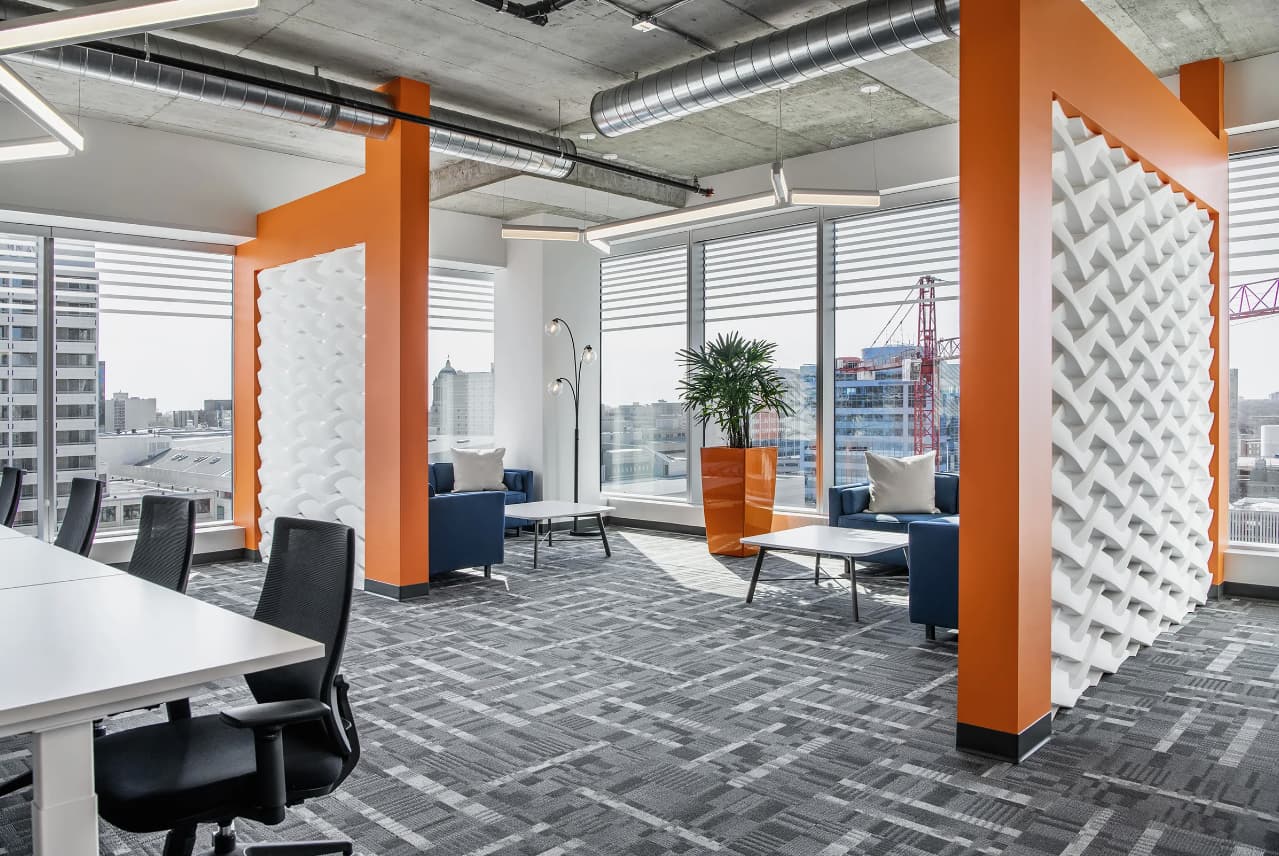Imagine walking into an office where a motivated twenty-something is managing an employee who has forty year’s experience under their belt. Or picture a workplace where a person who’s been patiently climbing the corporate ladder for decades is suddenly accountable to coworkers thirty years their junior.
It’s not actually that strange to think about, is it? This is because for the first time in Canadian history, it’s possible for four, or even five, generations to be working alongside one another. The iGen is just starting to trickle into the workforce, and the last of the Traditionalists have yet to retire.
The unique perspectives floating around thanks to such generational diversity makes for an exciting work atmosphere. This diversity can be great news for businesses. After all, each distinct viewpoint within the workplace adds depth to an organization. And as Stephen R. Covey, an acclaimed author and leadership authority explains, “strength lies in differences, not similarities.” A more diverse workplace can, if supported, lead to greater innovation and creativity.
We believe flexibility is crucial. Creating adaptable workspaces will enable organizations to navigate a multi-generational work environment more effectively.
Truspace
On the other hand, such differences can also make for a more challenging work atmosphere. Failing to embrace a multi-generational workforce will come at a cost.
So how can business leaders unite each of these vastly different generations within the workplace? How is office design involved? First, let’s take a look at some of the defining characteristics of each generation.
The Generations
- Traditionalists (born before 1945) – this group is dedicated to their roles and responsibilities. They work hard, respect authority, and expect that this will bring them closer to the top of the corporate ladder.
- Baby Boomers (born 1945-1965) – the boomers are generally an ambitious generation, willing to work long hours (and as a result, often labelled as workaholics) to gain a sense of personal value.
- Gen-X (born 1965-1976) – perhaps due to watching their parents work so much, this generation is committed to working smarter. With structure and direction, they focus on completing tasks and moving on as efficiently as possible.
- Millennials (born 1977-1995) – Also known as Gen-Y, this group is the most flexible, innovative, and connected generation in the workforce. Having grown up with technology as an integral part of their lives, Millennials feel that they should be able to work where and when they want.
- Gen-Z (born after 1995) – the youngest generation is only starting to enter the workforce. However, they’re already showing strong entrepreneurial and multi-tasking skills to rival the previous generation. Members of Gen-Z will experience and rely on technology in ways we’re only beginning to imagine.
Bringing Them Altogether
It won’t be long before the traditionalists and baby boomers have all retired, clearing a path for Gen-Z. However, this doesn’t mean business owners should stand by and wait for the transition to be over. ‘Waiting it out,’ so to speak, will cause irreversible damage to an organization. Instead, businesses can make the most of the current situation while still preparing for the future.
Balanced Workplaces
In terms of office design, we suggest providing a variety of workspaces to meet the expectations of each generation. Creating a balance of traditional and progressive workspaces will ensure each worker feels empowered to work in a way that suits them best.
Choosing reconfigurable walls and workstations means the office space can grow and adapt as the needs of an organization evolve. Instead of opting for cookie-cutter, standardized furniture, select a variety of pieces so everyone can feel comfortable. And of course, ensure there are private workstations to offset the more interactive, collaborative areas.
Uniting a workforce is about respecting the different work styles and values of each generation. If you’d like to discuss how this is possible while remaining authentic to the mission of your organization, reach out to our innovative and experienced consultants today.




